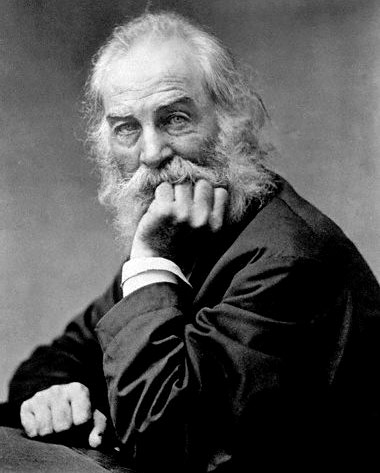THOU reader throbbest life and pride and love the same as I,
Therefore for thee the following chants.
Analysis:
This short poem written by Walt Whitman is the first example of a poem dedicated directly to the readers, the other being “To the Reader at Parting”. This is a very short poem, composed of one stanza, in which there are two verses. In the first line, the author is comparing himself to the reader. They both throb of life and have a lot of pride, and they both love passionately. In the second verse, the author states that, for these reasons, this poem is dedicated to the reader. These verses have a strong relation with “To the Reader at Parting”. In fact, in both poems, Walt Whitman is very close to the reader, so close he calls him “comrade”. They are companions if adventures, both full of life, love and proud for who they are and what they’re doing. In “Thou Reader”, there isn’t any poetic language. Themes are life and pride. The only thing to notice is the repetition of the word “and”, to emphasize what the author and the reader have in common. In the second line there is a repetition of the sounds “th” and “f” (therefore, for thee the following chants). This consonance is used to render the poem more musical, giving it rhythm, and being so short, also easy to remember it and its message.
http://www.whitmanarchive.org/published/LG/1881/poems/25
skip to main |
skip to sidebar

Quote of the Day!
"And your very flesh shall be a great poem" -- Walt Whitman
Walt Whitman
